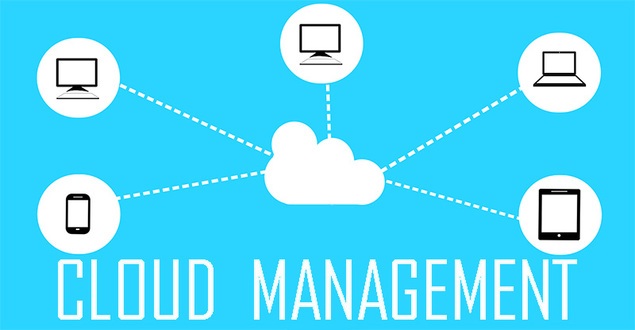- You are here:
- Home »
- Blog »
- Manage Your Computer Business »
- Managed Service Offerings: The Standard Products & Services to Offer Your Clients

Managed Service Offerings: The Standard Products & Services to Offer Your Clients
Being a managed service provider allows you to run a stable, consistent, and profitable business model. It allows you to have a better workload and cash flow management. And its proactive and preventive feature is valuable in keeping a smooth flow of operations in other businesses. Previously, we already discussed what managed service is, and things to consider before making the transition. Now, we will look into the managed services offerings that you can present to your MSP clients.
Ideally, managed service is the maintenance of the operating system and software. Although hardware monitoring and maintenance can also be included in your bundled services. But aside from that, there are other products you can include in your lineup. Think about the network, the servers, the workstations, and everything else that keeps it together. From there, you can build a list of products you can include in your business.
Your Standard Managed Services Product Line

It’s always a good idea if you formalize the product offerings that your managed services business will consistently offer into an official list. And your list is mostly what your clients frequently need. For example, your client’s network can be broken down into several categories – hardware, software, and materials. And it’s best to include these in your product lineup.
Hardware
This is the physical component of the network infrastructure. This includes servers, workstations, monitors, desktops, tape drives, printers, firewalls, and backup disaster recovery. You should also include parts such as network cards, video cards, RAM, and internal HDD.
Software
Of course, these are your programs needed to run the network and for maintenance. This typically includes the server operating system, email system, productivity application software, antivirus, backup software, and OS utilities.
Materials
These are everything else that does not fall under hardware or software but are still essential to the network and its users. It includes network cables, tapes, USB disks, network switches, and other peripherals.
Now it’s entirely up to you to choose which brand you’d like to carry. But choosing just one and keeping it consistent over time will maximize your business relationship with your vendor. You’ll be more familiar with their marketing process and policies. And the longer you stick with a good brand, the more profitable the partnership becomes.
Managed Services Labor Costs

These are your bundled labor that you sell to maintain the server’s operating system and other related software. It doesn’t need to be fashioned in an all-you-can-eat approach. Set the boundaries for this service.
For example, you could draft a service-level agreement (SLA) and state that your maintenance will only cover the existing software. Any installation of new software to the server or desktops will be billable work. After installation, maintenance of that software becomes covered by your service.
Also, moving data or changing anything on the network server or workstations will also be considered extra billable time. This well-defined term of service will be beneficial both for you and your client.
However, it’s important to have professional help in drafting your SLA. Lawyers are trained to spot inconsistencies, loopholes, and contradictions in a contract. Hiring a lawyer to look over your document can save you time and money in the long run.
Out of Contract Labor
As mentioned earlier, your SLA should not cover unlimited labor for maintenance or support. So as MSP, you can still offer hourly labor for break-fix and projects that your clients may have. Migrating a server is an example of a project and you may offer an hourly labor charge or a flat fee. Setting up a network printer is billable work. Some contracts only cover remote work, so if you have to go onsite then that’s billable. If the client needs computer support beyond your work hours, you can have a different rate. It’s best to have your regular hourly rate and after-hours rate clearly spelled out in your SLA.
Managed Cloud Services

There are many kinds of cloud services. The most common are hosted services, backups, storage services, web-based email services, hosted office suites, and database processing. The cloud service that your MSP business is offering will greatly depend on the kind of networks and clients that you support. So it’s important to consider your client’s budget and their network infrastructure to determine if this kind of service suits them. Your managed cloud services should also match your other offerings in terms of pricing – so you can offer more value to your clients.
Your product offerings should not be created simply because you are responding to the demands of your clients. To some degree, you should intentionally create your own product line to define your business. Don’t just randomly pick easy products to carry. Have a moment to sit down and think about what managed services offerings work well with your skills, your manpower, and your finances. Think more about quality when choosing your brands. After all, products that are dependable have less downtime. That means more profit for you and your client.
Now that you have your product line up, you need the right tools to be a highly effective managed service provider. What are these essential tools?
We will discuss that in one of our upcoming articles. So stay tuned!
